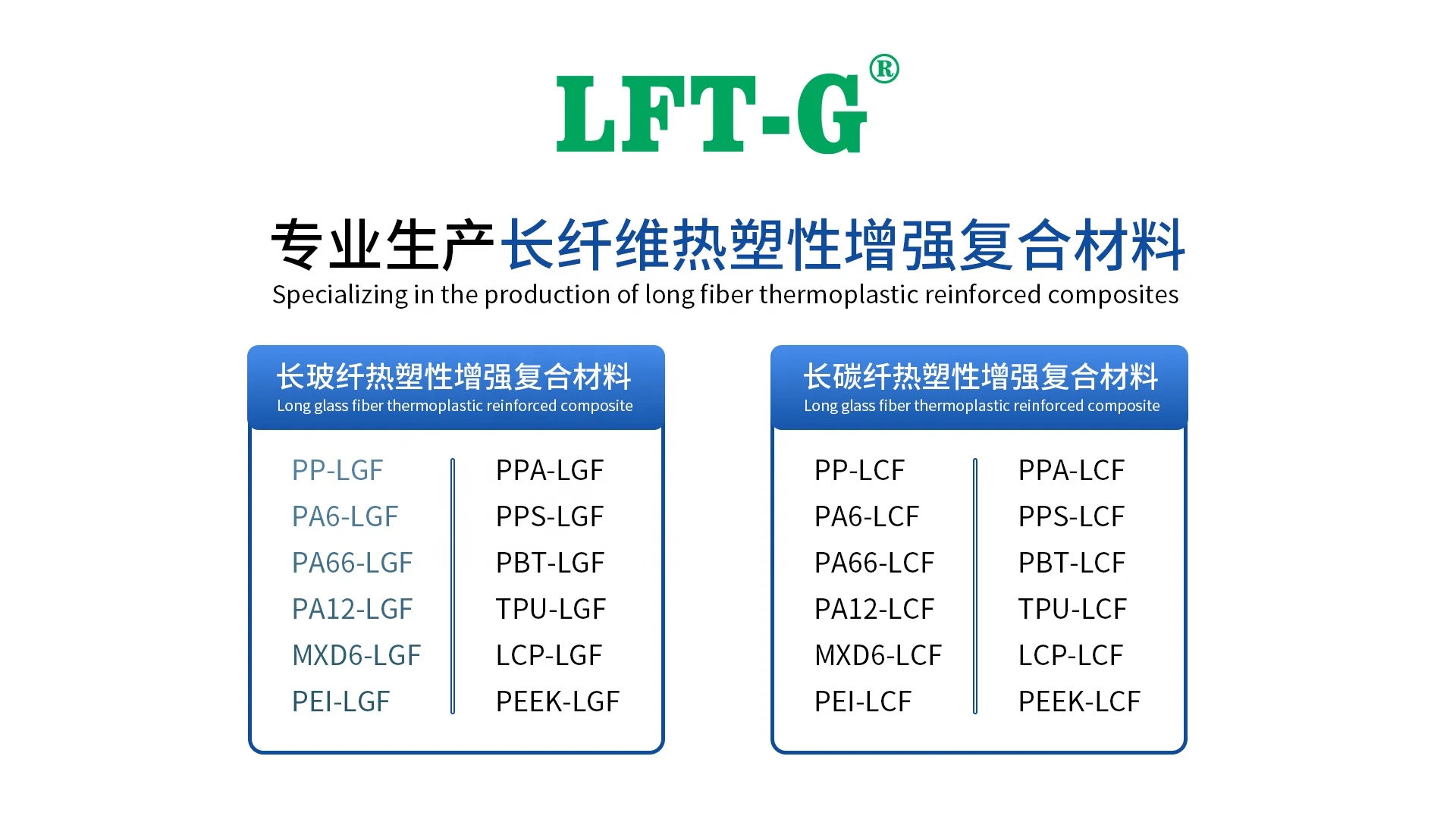
يعد مادة البولي أميد حاليًا أحد أكثر المواد البلاستيكية المعدلة رواجًا نظرًا لخصائصه العامة الممتازة، بما في ذلك القوة الميكانيكية، ومقاومة الحرارة، ومقاومة التآكل، والمقاومة الكيميائية، والتشحيم الذاتي، ومعامل الاحتكاك المنخفض، وبعض مثبطات اللهب، سهولة المعالجة وملاءمتها للتسليح بالألياف الزجاجية والحشوات الأخرى.
ومع ذلك، يوجد تحدي كبير داخل الصناعة يتمثل في اختيار وتكوين مجموعة الألوان المناسبة للبولي أميد. سنقدم في هذه المقالة اليوم تحليلاً مفصلاً للخصائص الأساسية المطلوبة لأصبغة البولياميد وكيفية اختيار المكونات المناسبة.
المواصفات الفنية لأصباغ البولياميد
تعتبر عملية تطبيق مادة البولي أميد الرئيسية أمرًا بالغ الأهمية في قولبة الحقن، كما هو الحال مع منتجات قولبة الحقن الأخرى، فهي تتطلب مقاومة الضوء، والتنقل، والتشتت. في القسم التالي، سوف نقدم المتطلبات الخاصة لأصبغة البولياميد.
(1) المقاومة للحرارة درجة حرارة ذوبان قالب حقن مادة البولي أميد مرتفعة نسبيًا. عادةً 220 درجة مئوية للبولي أميد 6 و260 درجة مئوية للبولي أميد 66 . ولذلك يجب أن يتمتع الملون المستخدم بمقاومة عالية للحرارة.
(2) قابلية الاختزال يحتوي مادة البولي أميد على مجموعات الأسيلامينو التي تؤدي إلى قابلية اختزال قوية عند ذوبانها. وهذا يحد من أصناف الأصباغ المتاحة للاستخدام مع مادة البولي أميد بسبب البهتان والتغميق أثناء المعالجة. بالإضافة إلى ذلك، فإن الأصباغ العضوية ذات المقاومة الجيدة للحرارة محدودة في قابليتها للتطبيق على كلا النوعين من البولياميدات.
(3) مقاومة الماء كلا النوعين شائعي الاستخدام من البولياميدات (PA6 وPA66) عبارة عن مواد بلاستيكية حرارية بلورية تمتص الماء بسهولة بسبب طبيعتها المحبة للماء. يمنع التبريد السريع أثناء عملية التشكيل بالحقن التبلور الطبيعي ويؤدي إلى إجهاد داخلي داخل المادة. بدون معالجة التقسية المناسبة، يمكن أن تصبح أجزاء النايلون هشة وعرضة للانهيار أو الكسر تحت تأثير القوى الخارجية. يعد الغليان عند درجات حرارة تتراوح بين 90-100 درجة لمدة 2 ~ 3 ساعات ضروريًا لتخفيف الضغط الداخلي؛ ومع ذلك، قد تتسبب درجات الحرارة المرتفعة في تغير اللون بينما تكون درجات الحرارة المنخفضة لفترة طويلة أكثر فعالية. يتطلب العملاء والمنتجات المختلفة ظروف غليان مختلفة مثل (48±2) عند رطوبة 90% لفترة زمنية تتراوح من 10 إلى 12 ساعة أو (80±2) عند رطوبة أعلى من 95% لفترة زمنية فترة من 2 ~ 4 ساعات. ولذلك فإن الأصباغ المستخدمة مع النايلون يجب أن تكون أيضًا مقاومة للطهي بالماء دون أن تتلاشى.

اختيار المواد الخام لأصبغة البولياميد
(1) الأصباغ
نظرًا لخصائص البولياميد الخاصة بالاختزال والغليان، لا يوجد الكثير من الأصباغ التي يمكن استخدامها.
تتفوق الأصباغ غير العضوية على الأصباغ العضوية في مقاومة الضوء، ومقاومة الطقس، ومقاومة الهجرة، والمقاومة الكيميائية وغيرها من الخصائص، وهي القوة الرئيسية للبلاستيك الهندسي، ولكن هناك عمومًا قوة تلوين منخفضة وعيوب تشبع منخفضة. وللأصباغ المذيبة العديد من الأصناف المفيدة، لكن معظمها غير مقاوم للغليان.
(2) المشتت
يمكن أن تختار مادة البولي أميد شمع البولي إيثيلين المبلمر كمشتت، وتكون الكثافة أعلى لزيادة لزوجة القص أثناء البثق.
(3) مضاد للأكسدة
من أجل تجنب اللون الأصفر والتحلل والبقع السوداء وتدهور الخواص الميكانيكية للبولي أميد تحت معالجة درجات الحرارة العالية، يمكن اختيار مضادات الأكسدة الفينولية المعوقة ومضادات الأكسدة الفوسفيتية، ويكون تكوين كليهما أفضل.
